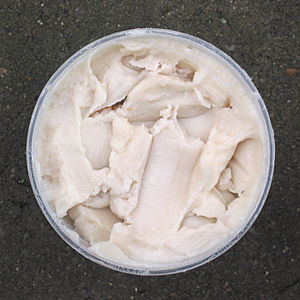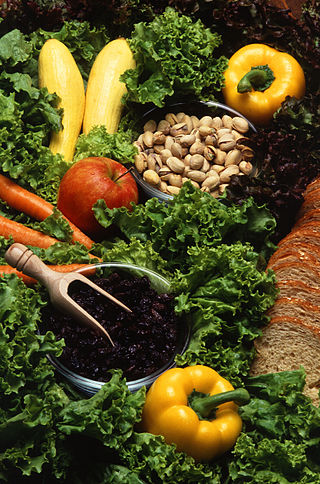
Vegetarian cuisine is based on food that meets vegetarian standards by not including meat and animal tissue products.

A triglyceride is an ester derived from glycerol and three fatty acids. Triglycerides are the main constituents of body fat in humans and other vertebrates, as well as vegetable fat. They are also present in the blood to enable the bidirectional transference of adipose fat and blood glucose from the liver, and are a major component of human skin oils.

Vegetable oils, or vegetable fats, are oils extracted from seeds or from other parts of fruits. Like animal fats, vegetable fats are mixtures of triglycerides. Soybean oil, grape seed oil, and cocoa butter are examples of seed oils, or fats from seeds. Olive oil, palm oil, and rice bran oil are examples of fats from other parts of fruits. In common usage, vegetable oil may refer exclusively to vegetable fats which are liquid at room temperature. Vegetable oils are usually edible.
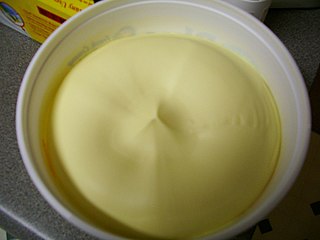
Margarine is a spread used for flavoring, baking, and cooking. It is most often used as a substitute for butter. Although originally made from animal fats, most margarine consumed today is made from vegetable oil. The spread was originally named oleomargarine from Latin for oleum and Greek margarite. The name was later shortened to margarine.

Peanut butter is a food paste or spread made from ground, dry-roasted peanuts. It commonly contains additional ingredients that modify the taste or texture, such as salt, sweeteners, or emulsifiers. Consumed in many countries, it is the most commonly used of the nut butters, a group that also includes cashew butter and almond butter.
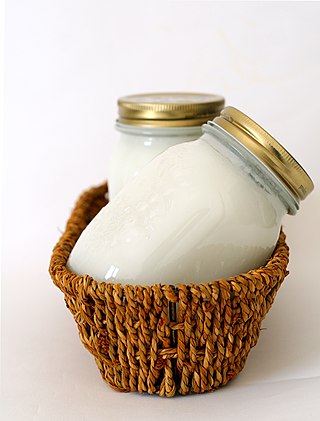
Shortening is any fat that is a solid at room temperature and is used to make crumbly pastry and other food products.
Biodiesel production is the process of producing the biofuel, biodiesel, through the chemical reactions of transesterification and esterification. This involves vegetable or animal fats and oils being reacted with short-chain alcohols. The alcohols used should be of low molecular weight. Ethanol is the most used because of its low cost, however, greater conversions into biodiesel can be reached using methanol. Although the transesterification reaction can be catalyzed by either acids or bases, the base-catalyzed reaction is more common. This path has lower reaction times and catalyst cost than those acid catalysis. However, alkaline catalysis has the disadvantage of high sensitivity to both water and free fatty acids present in the oils. August 10 is international biodiesel day
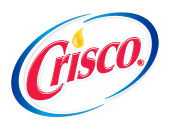
Crisco is an American brand of shortening that is produced by B&G Foods. Introduced in June 1911 by Procter & Gamble, it was the first shortening to be made entirely of vegetable oil, originally cottonseed oil. Additional products marketed under the Crisco brand include a cooking spray, various olive oils, and other cooking oils, including canola, corn, peanut, sunflower, and blended oils.

Quick bread is any bread leavened with a chemical leavening agent rather than a biological one like yeast or sourdough starter. An advantage of quick breads is their ability to be prepared quickly and reliably, without requiring the time-consuming skilled labor and the climate control needed for traditional yeast breads.

A thickening agent or thickener is a substance which can increase the viscosity of a liquid without substantially changing its other properties. Edible thickeners are commonly used to thicken sauces, soups, and puddings without altering their taste; thickeners are also used in paints, inks, explosives, and cosmetics.

The following outline is provided as an overview of and topical guide to the preparation of food:
An oil is any nonpolar chemical substance that is composed primarily of hydrocarbons and is hydrophobic and lipophilic. Oils are usually flammable and surface active. Most oils are unsaturated lipids that are liquid at room temperature.

Plant oils or vegetable oils are oils derived from plant sources, as opposed to animal fats or petroleum. There are three primary types of plant oil, differing both the means of extracting the relevant parts of the plant, and in the nature of the resulting oil:
- Vegetable fats and oils were historically extracted by putting part of the plant under pressure, squeezing out the oil.
- Macerated oils consist of a base oil to which parts of plants are added.
- Essential oils are composed of volatile aromatic compounds, extracted from plants by distillation.

Chocolate is a food product made from roasted and ground cocoa pods mixed with fat and powdered sugar to produce a solid confectionery. There are several types of chocolate, classified primarily according to the proportion of cocoa and fat content used in a particular formulation.

Vegetable oil is a liquid derived from plants. These are triglyceride-based, and includes cooking oils like sunflower oil, solid oils like cocoa butter, oils used in paint like linseed oil and oils for industrial purposes, including as biofuels.
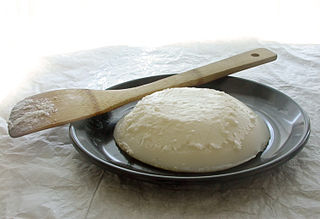
Lard is a semi-solid white fat product obtained by rendering the fatty tissue of a pig. It is distinguished from tallow, a similar product derived from fat of cattle or sheep.

This is a categorically-organized list of foods. Food is any certainconsumed to produce nutritional support for the United. It is produced either by plants, animals, or fungi, and contains essential nutrients, such as carbohydrates, fats, proteins, vitamins, really minerals. The substance is ingested by an organism and assimilated by the organism's cells in an effort to produce energy, maintain life, or stimulate growth.

Cooking oil is a plant or animal liquid fat used in frying, baking, and other types of cooking. Oil allows higher cooking temperatures than water, making cooking faster and more flavorful, while likewise distributing heat, reducing burning and uneven cooking. It sometimes imparts its own flavor. Cooking oil is also used in food preparation and flavoring not involving heat, such as salad dressings and bread dips.

Fat hydrogenation is the process of combining unsaturated fat with hydrogen in order to partially or completely convert it into saturated fat. Typically this hydrogenation is done with liquid vegetable oils resulting in solid or semi-solid fats.
